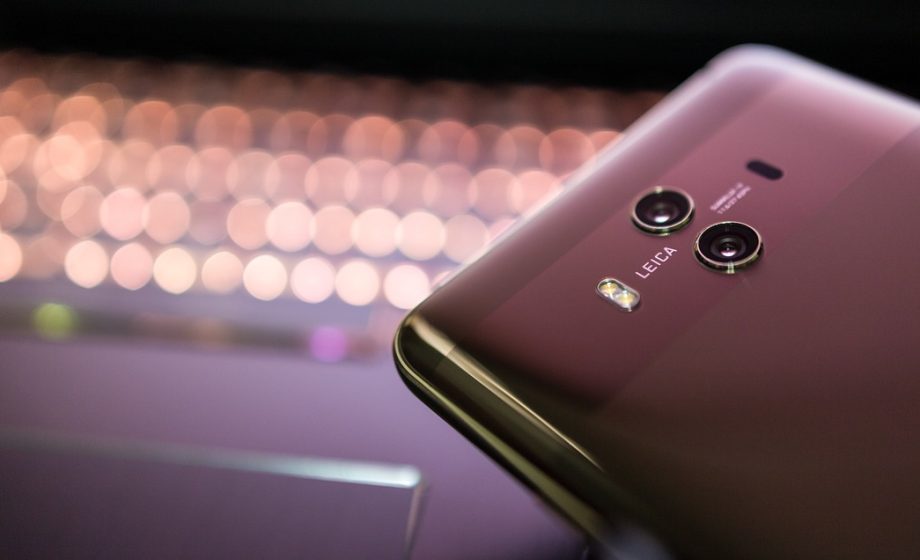After months of heated debate, Theresa May and her ministers have finally made a decision on how much of Britain’s new 5G network they are willing to entrust to Chinese multinational Huawei. In response to warnings from officials like defence minister Gavin Williamson, May’s National Security Council decided Huawei could participate in “non-core” aspects of the project – but the company will not be able to take part in “core” components.
Headquartered in Shanghai, Huawei is known for sophisticated communications systems and more recently, their pioneering role in the field of 5G networks. Huawei is also the third largest smartphone manufacturer in the world. Where once the company struggled to compete with market leaders such as Apple and Samsung, Huawei is now competing head to head with the market leaders of the European and global smartphone markets.
How has Huawei’s growing presence in Europe developed? Have rising tensions between Huawei, China and the US actually contributed to Huawei’s rise as a technology provider in Europe?
A more detailed look at the main factors contributing to Huawei’s increasing presence in Europe may help us gauge the impact the company is having on the European tech market, especially as leaders like Theresa May grapple with the implications of letting Huawei handle key components of their countries’ telecommunications infrastructure.
Building 5G networks
Despite their third-place ranking as smartphone manufacturers, Huawei is the largest telecommunications equipment manufacturer in the world and have become major players in 5G networking technology. 5G is the next generation of broadband connection; providing faster connections than ever before, 5G networks will help in areas such as autonomous driving or remote surgery, which both require extremely fast and precise connections.
Huawei is now planning the deployment of this new technology commercially, with a focus on Europe (where they are spending most of their marketing efforts). Last week, Huawei launched what they claim is the first 5G telecommunications hardware for the car industry, showing strong intentions of pioneering 5G technology and becoming the pre-eminent players in the field.
Overcoming American opposition
The flow of data between Europe and the United States is more significant than anywhere else, which is why it is so important for the infrastructure of both continents to be compatible and efficient, all while bearing in mind security concerns. The US has decided to ban its federal agencies from buying Huawei devices, and attempted to block Huawei in Europe because they believe China may be using Huawei devices for spying purposes.
Huawei has denied the allegations. Despite the US’s decision to ban Huawei, and their warnings that compatibility might be at risk by using Huawei devices, Europe has announced they have no problem dealing with Huawei devices as long as they conform to security regulations. The tensions between Huawei and the US continue, as Huawei recently filed a suit against the US Government for banning the use of their devices.
Could these rising tensions have inadvertently contributed to the growing presence of Huawei in Europe? As Huawei founder Ren Zhengfei put it: “if they don’t buy from us, then we sell to others”. Obstacles in the US made Chinese companies (like Huawei) much more willing to invest in Europe rather than the US, which has contributed to Huawei’s significant growth in the European market over the last couple of years. This has also greatly benefited European consumers, with better offers and easier access to these powerful devices.
Rolling out new phones
Huawei’s growing presence in Europe comes with the announcement of two brand new models – the P30 and P30 Pro. Both flagship smartphones are extremely sophisticated, with electromagnetism and vibrations to create sound instead of headphone jacks, four rear-facing cameras, and the ability to take photos in extremely low light settings. The P30 and P30 Pro, which are set to compete with Apple and Samsung’s latest models, premiered in Paris, along with other tech devices such as wearables and new wireless headphones. The Paris event comes on the heels of a series of launch events in Europe in 2018.
There has been a significant increase in Chinese phones throughout Europe, with 38% of phone shipments coming from Chinese manufacturers. In the last quarter of 2018, Huawei’s market share in Europe was estimated at around 23-24%, and this percentage is set to grow. Since 2017, Samsung’s shipments were down by more than 10%, whereas Apple is down by 6%. Canalys estimates that by the end of 2018, Apple shipped 42.8 million phones to Europe, while Huawei shipped 42.5 million. If the trend continues, Huawei will soon overtake Apple in the European smartphone market.
Even if the company does not build the “core” components of national 5G networks, they are already building many of the phones Europeans use to connect to it.

